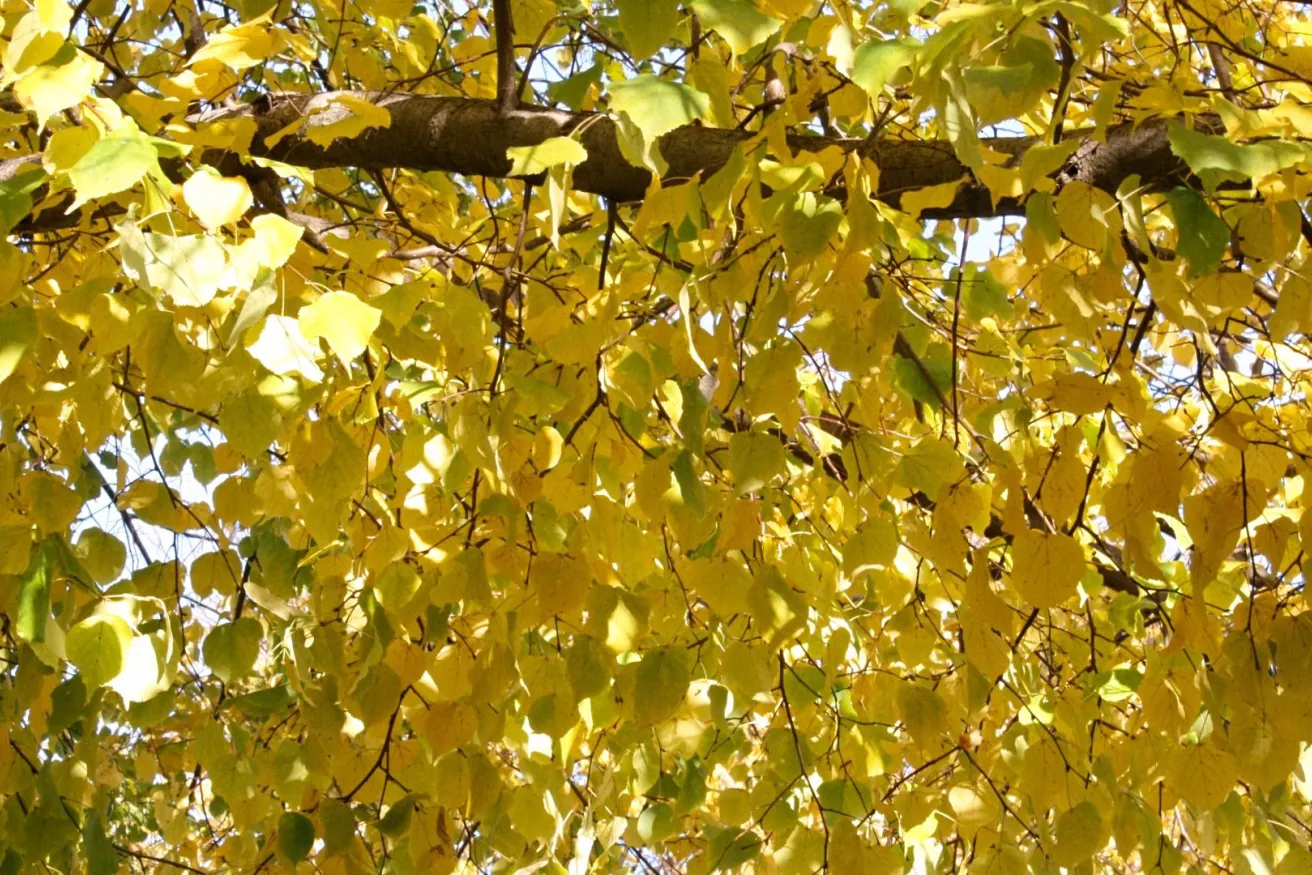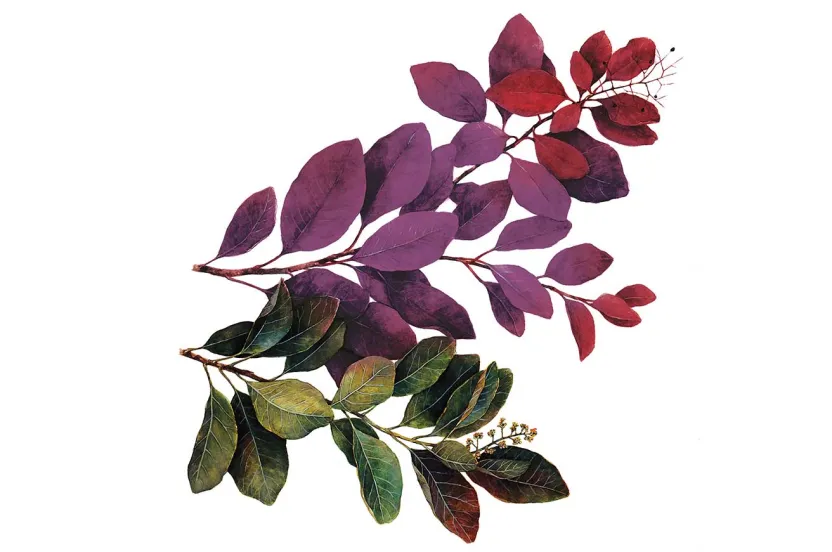Now live: The 2025 Canopy Report. Learn how Americans see trees. GET THE REPORT
Tilia cordata
Few of our street trees have a heritage as rich as the littleleaf linden. We enjoy this transplant from Europe for its pleasing shape, dense canopy, and super-fragrant flowers, but to the ancients it was much more.
Littleleaf linden is one of some 30 species of lindens native to the northern hemisphere, including our native forest tree, basswood. In Europe, littleleaf dominated the woodlands of England after the Ice Age and today it is the linden that stretches farthest north into Scandinavia. This was such a valued tree that there is evidence of it being planted and used for social purposes as early as 760 A.D. The special qualities of littleleaf and its kin evoke things romantic. Youths and maidens are said to have “danced wildly” around the village lindens. This probably was because in the Germanic and Norse countries, at least, the tree was special to Freya, the goddess of love, and Frigga, the goddess of married love and the hearth. No wonder, then, that women hoping for fertility would hug the tree or hang offerings in its branches. After dark, in Scandinavia, it was a good tree to avoid because it became one of the favorite haunts of elves and fairies.
Some of the romance lingers today, even in our more staid United States. Arthur Plotnik, in The Urban Tree Book, explains the effect this tree can have in the heart of a city. He wrote, “Strolling on a sultry evening, you are suddenly intoxicated by a floral mist. Something has distilled the sweet fragrance of summer nights and diffused it through the neighborhood. This is the gift of the linden tree in blossom.”
For its legendary past or its ability to thrive in the country or city, littleleaf linden has an important place in our landscape.
Lime, Linden, or Basswood?
Name confusion is not uncommon in trees. The linden genus is a good example. In England these are the lime trees (with no resemblance at all to the lime fruit tree). Elsewhere in much of Europe they are the lindens, and in the United States our native forest tree is known to lumbermen as basswood. Another interesting name for basswood is bee tree. Even the word littleleaf is not consistent. It can be found spelled little leaf, little-leaved, and small-leaved.
The Latinized scientific name, of course, provides some stability. This is exactly why scientific names are given to plants. As for its derivation, the genus, Tilia, simply comes from the French word for linden, tilleul. The species name, cordata, refers to the somewhat heart-shape of the leaf.
In the Landscape
The littleleaf linden will draw you in with its pleasing shape, dense canopy, and super-fragrant flowers. This tree is a source of beauty in natural settings as well as parks and streets across America. It has been used as a shade tree since ancient times, and for good reason. The medium-growing tree reaches up to 60 feet at maturity in urban settings and does well in a wide range of soils (hardiness zones 3-7).





